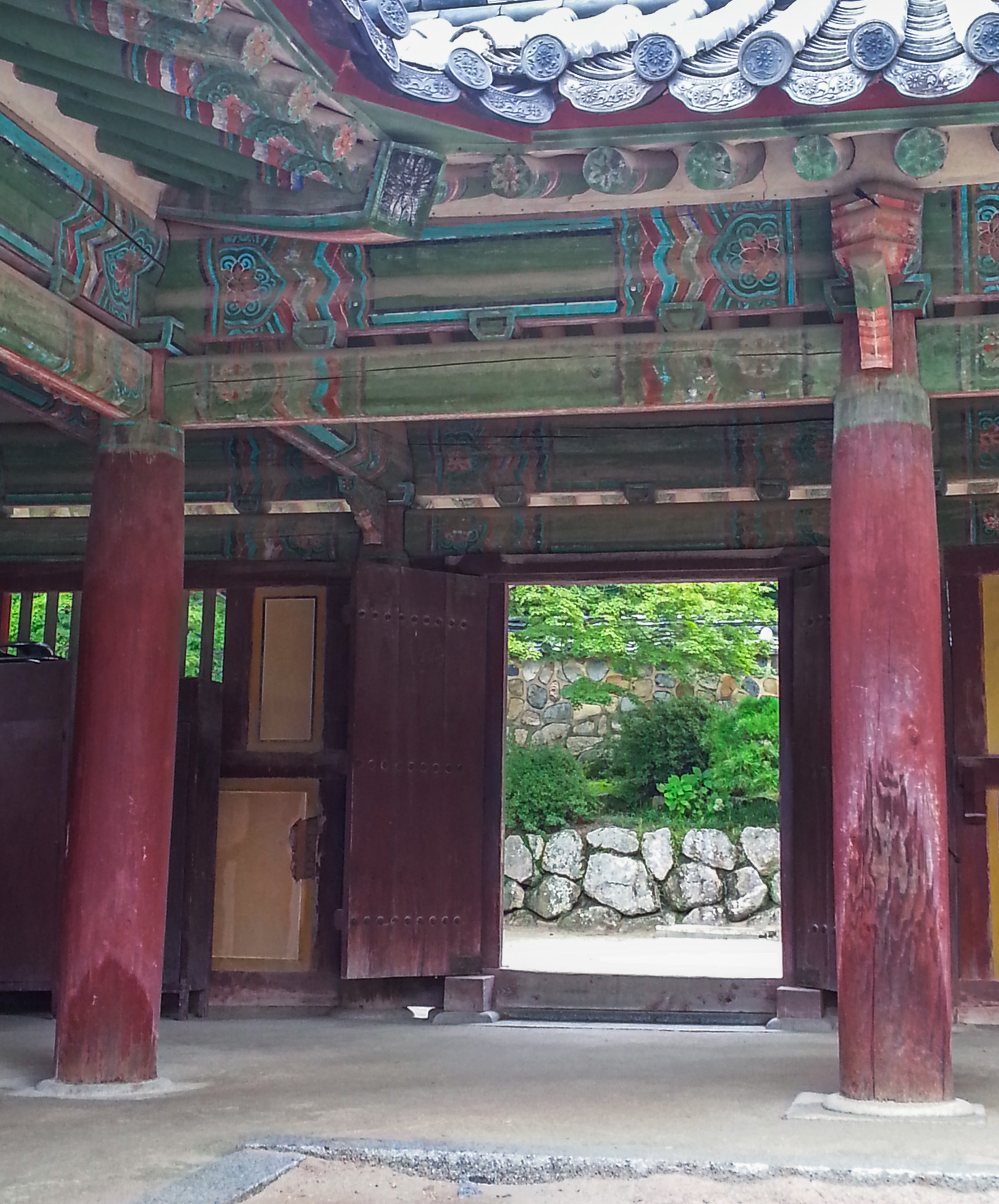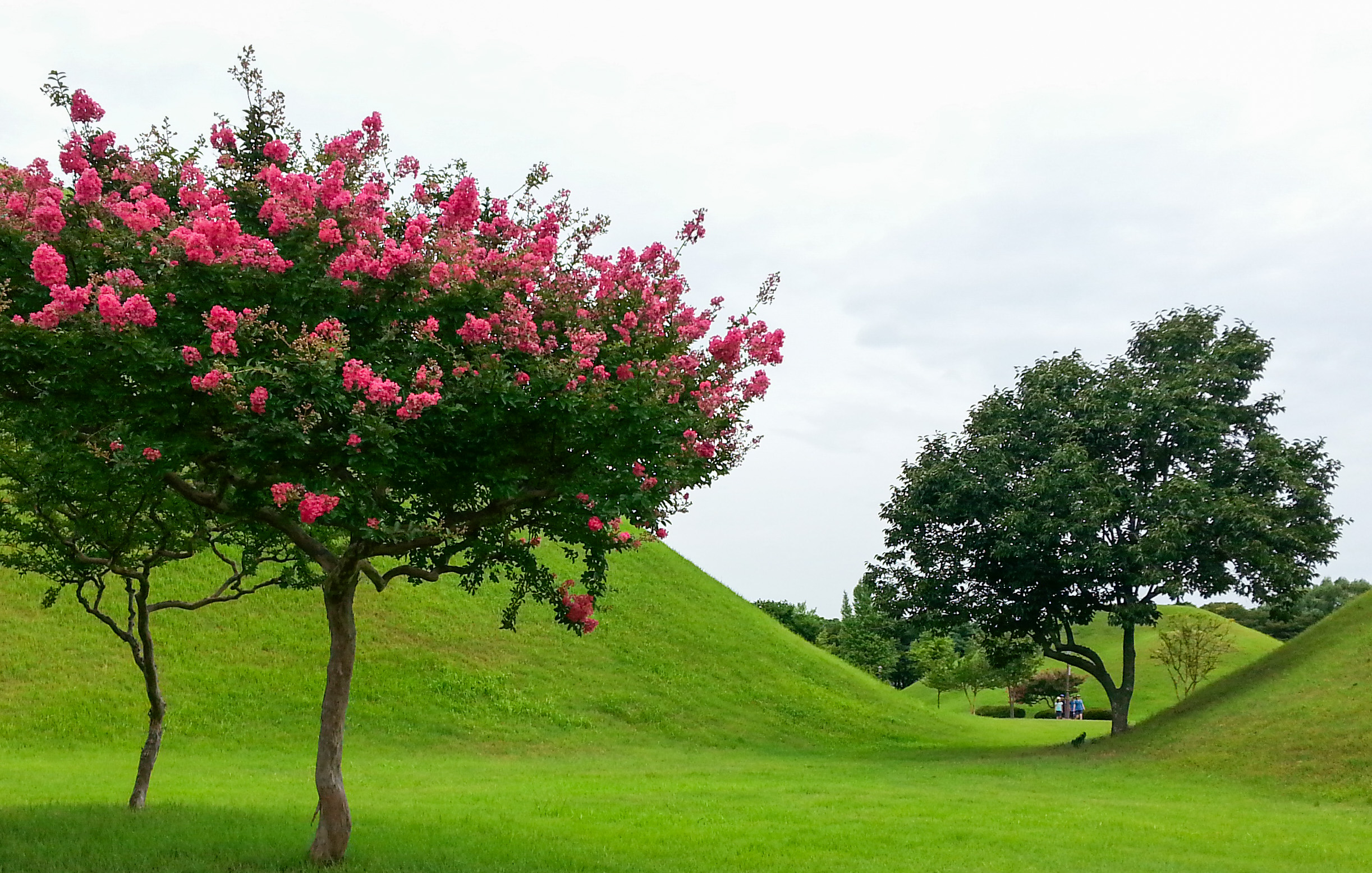Gyeongju
Gyeongju is a small city with a population of just over 250,000 close to the south-west coast of South Korea. The high speed train service can get you there from Seoul in little more than two hours. Gyeongju is steeped in ancient history, and its most recognisable sites are the tumuli or burial mounds of the kings and queens of the Silla Kingdom. The tumuli feature in several parks throughout the city.

The Silla Kingdom controlled the eastern half of Korea for almost a thousand years with Gyeongju as their capital city. In 935 AD, Silla was absorbed into the Kingdom of Goryeo which went on to unify all of Korea the following year.
Donggung Palace
Donggung Palace, also known as Anapji, is surrounded by Wolji Pond (meaning a pond that reflects the moon). It was a secondary palace of the Silla, and the excavated site is a fraction of its original size. Nonetheless, it is an impressive sight day or night.

Bulguk-sa Temple

Bulguk-sa Temple is a remarkable Buddhist temple on the outskirts of Gyeongju. It was first built 1500 years ago during the Silla period and rebuilt following a fire in the 8th century. Bulguk-sa Temple is now a UNESCO World Heritage Site.


Traditional Korean Houses

Several well-preserved traditional Korean houses have survived the test of time in Gyeongju. Some have opened their doors as guesthouses or Hanoks.

A visit to Dosul Maeul restaurant is a great experience in a traditional building alongside Tumuli Park. Despite it raining that night, we still needed to queue to get a table. They looked after us well and served a feast of Korean dishes.





